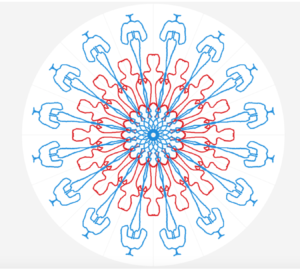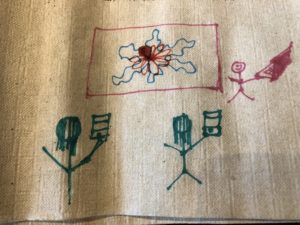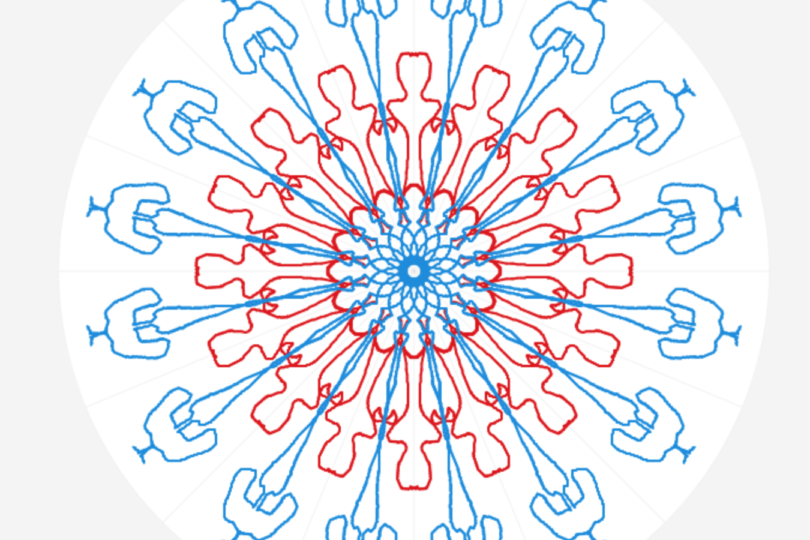Our idea stems from the idea that not many, if any, instruments require the collaboration of multiple people, let alone provide a means to visualize the sound that it creates. This customizable and coordinated effort will allow users to have a unique experience all in a live setting. Drawing inspiration from the theremin, one of the arguably most unusual and exceptional instruments, two of the users will work together to control the pitch, volume, instrument type, and other factors of the sound. The third person will control the appearance of the visualization as well as any filters or after effects on the sound. A key component of the idea is that anyone should be able to use this instrument, be it on display for all to interact with or an application in the app store that people connect and use in a more casual setting.
The significance behind our idea is that we are creating something that allows users to collaborate together which facilitates the production of the creation of a unique piece of music and artwork by the users. This is important because we are enabling creativity in two ways, by sound and visualization. The resulting music, artwork, and the process of creating both, could result in a more productive creative process for the users. It also could be applied in a way to help those hard of hearing, or deaf, to see how the sound appears to sound.
We decided to create a computational artifact based off of the theme of liveness that would make use of the computer as an expressive medium. In class, we were given the definition of liveness to be: having the process of creating/delivering an artifact perceptible in (near) real-time to people. Our concept certainly relates to this definition of liveness due to the fact that users will be creating music and visuals using their own physical movements that are inputted to the computer. This input is then converted into music and visuals that will be displayed on the computer screen in real-time. By doing so, the computer becomes an expressive medium for producing this artwork both musically and visually.
In terms of closing the gap, there are a few ways that the delta of time between the production of the sound and the feedback from the audience. The simplest way is to have the audience talk or direct the performers as to allow an even more collaborative experience. The other way is to have members of the audience become the performers, having them demonstrate their ideas in a more clear and direct manner. If the audience and the performers are the same people, then there is no such gap between the production and feedback.


